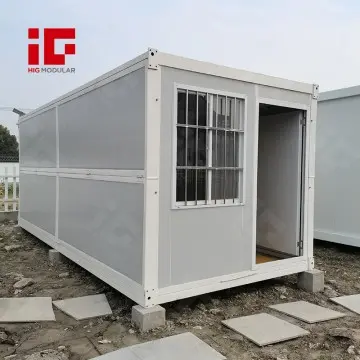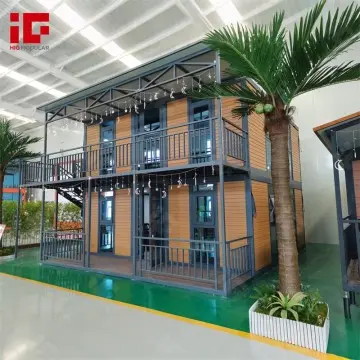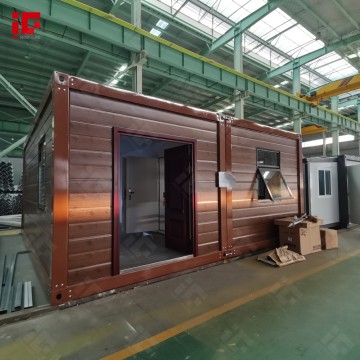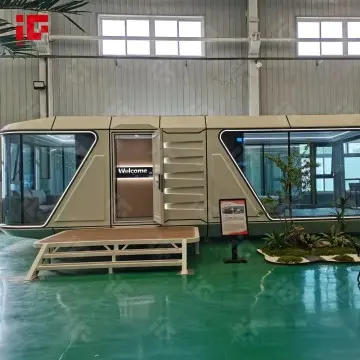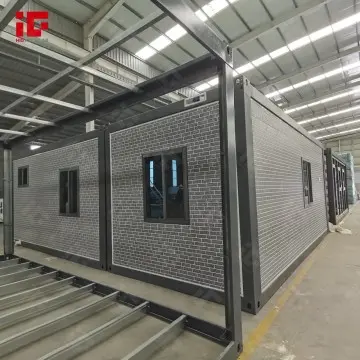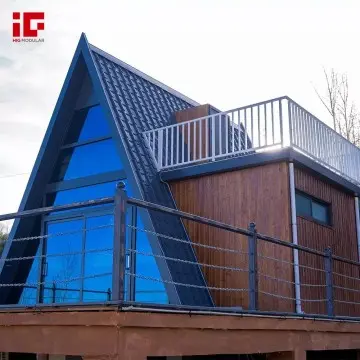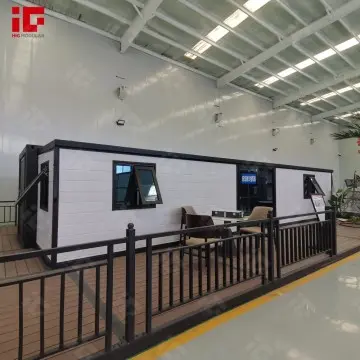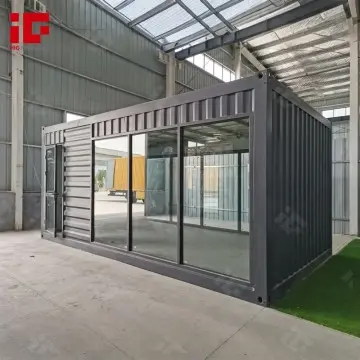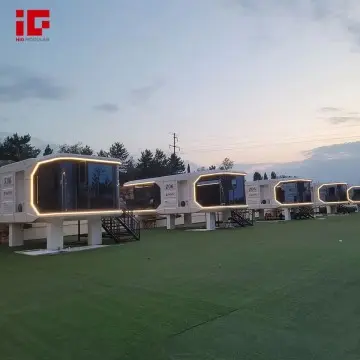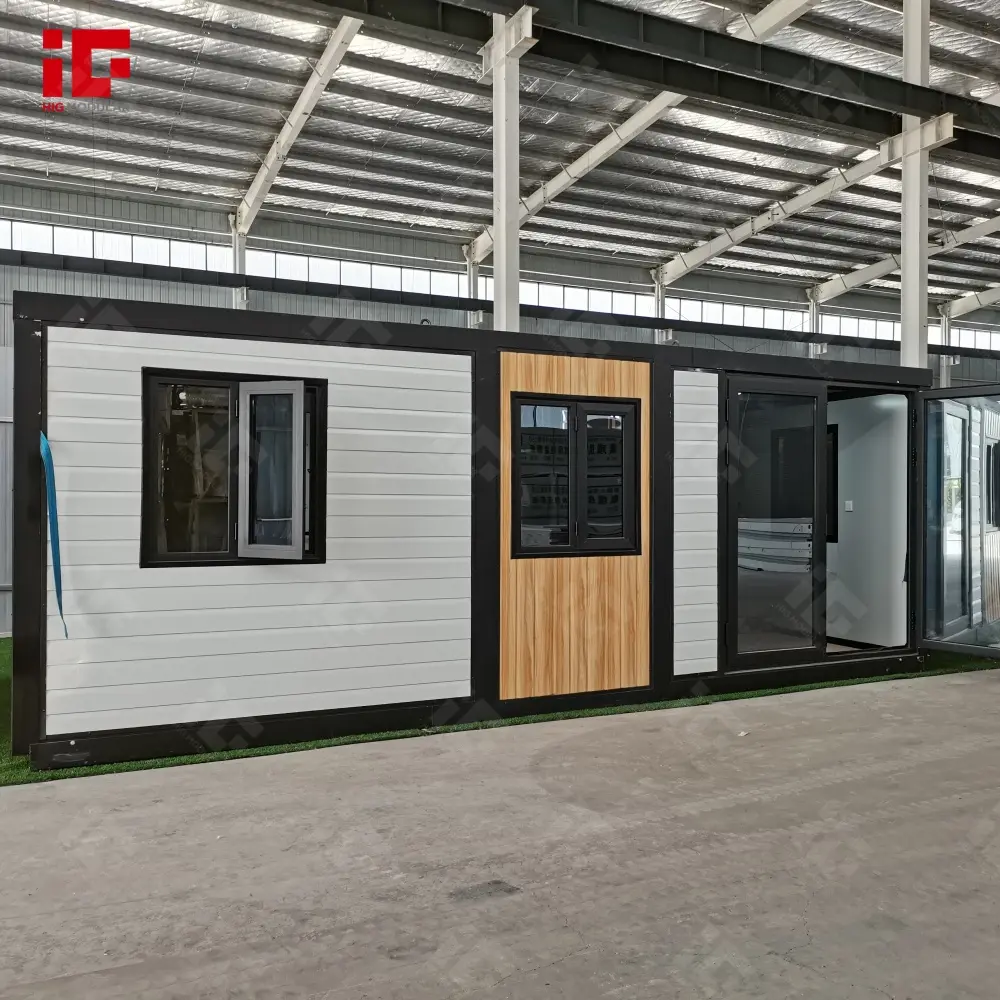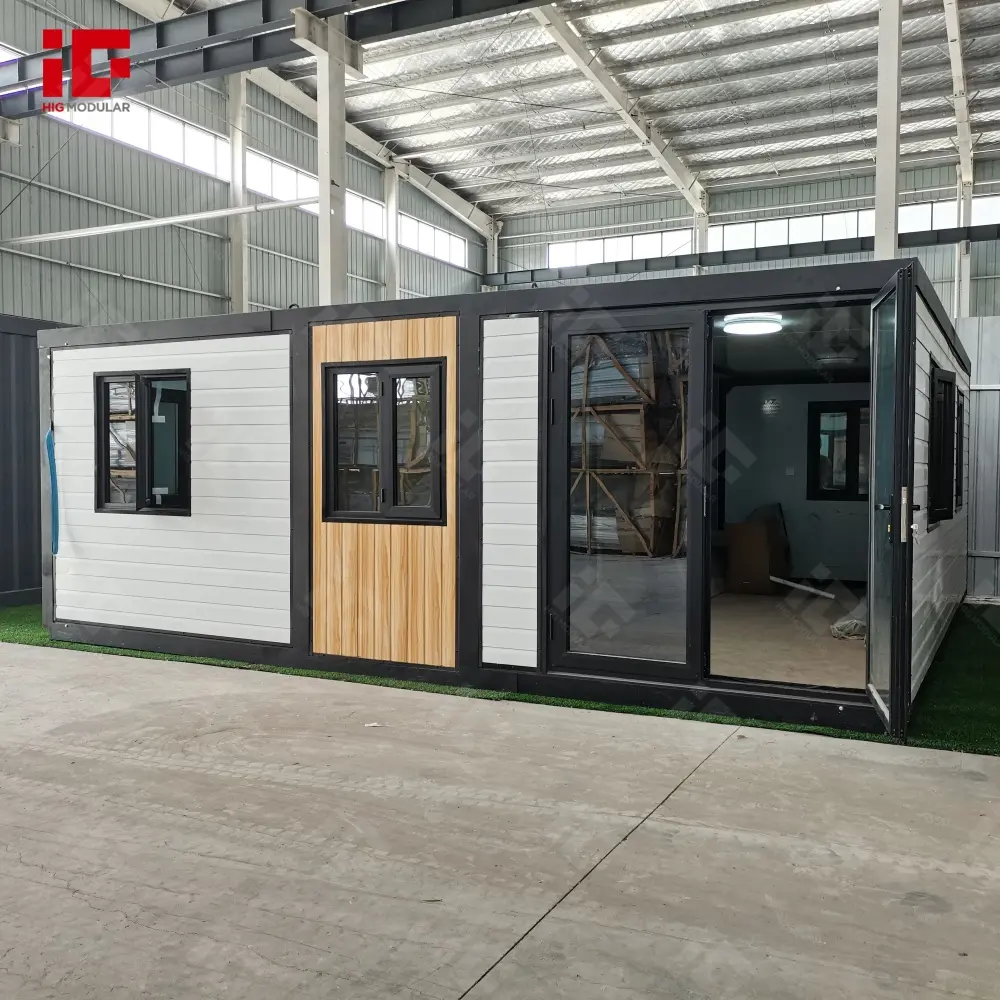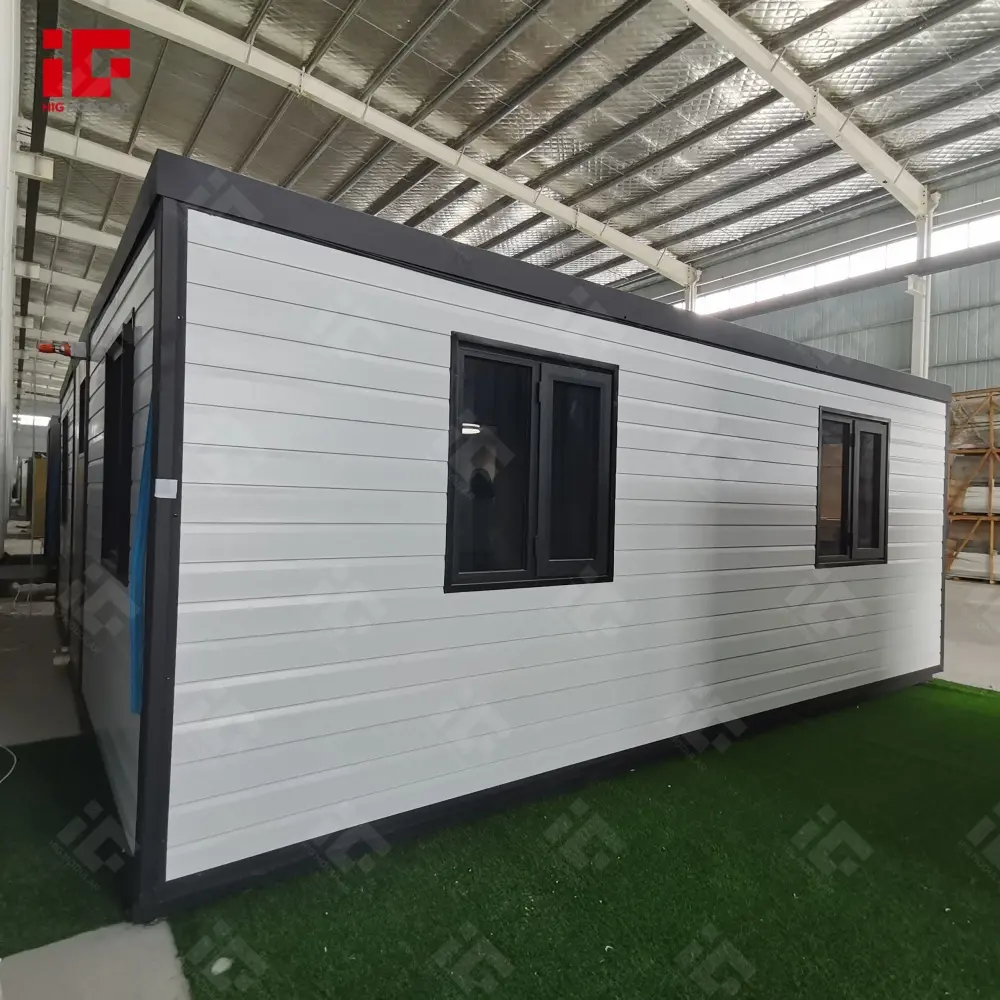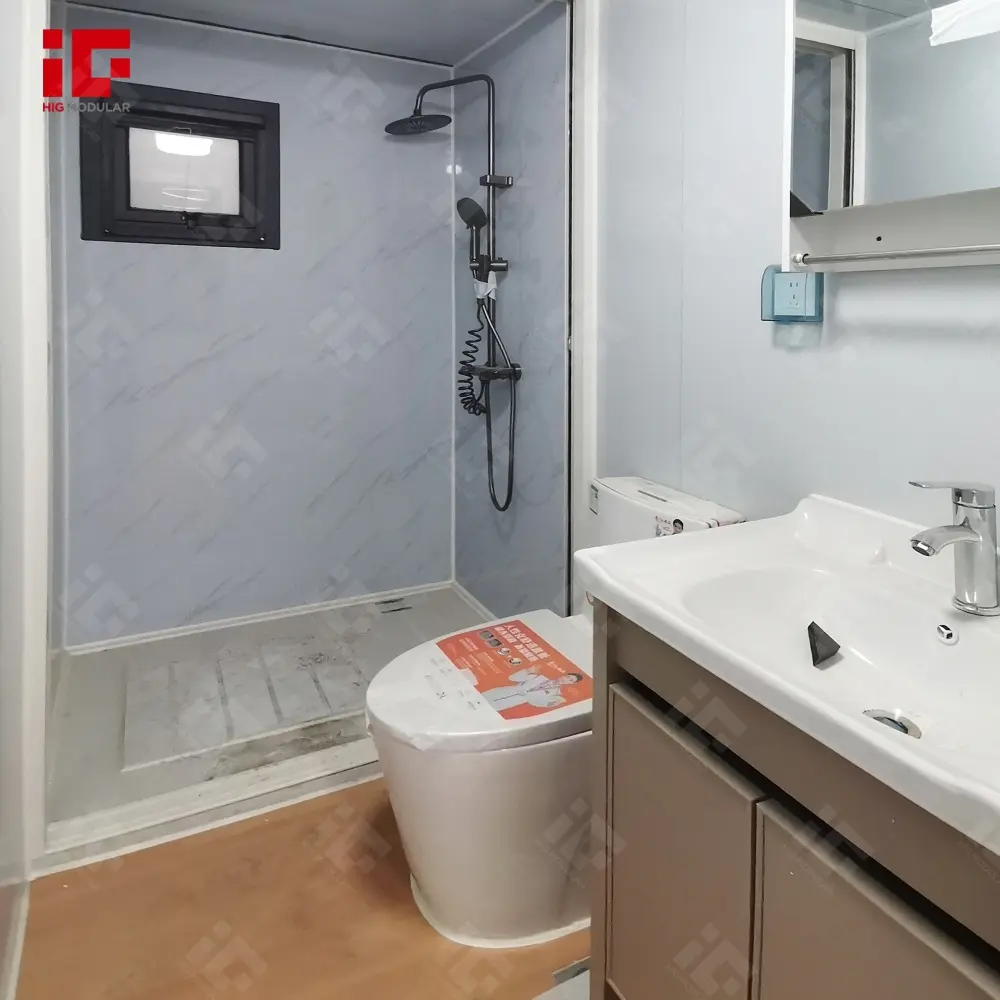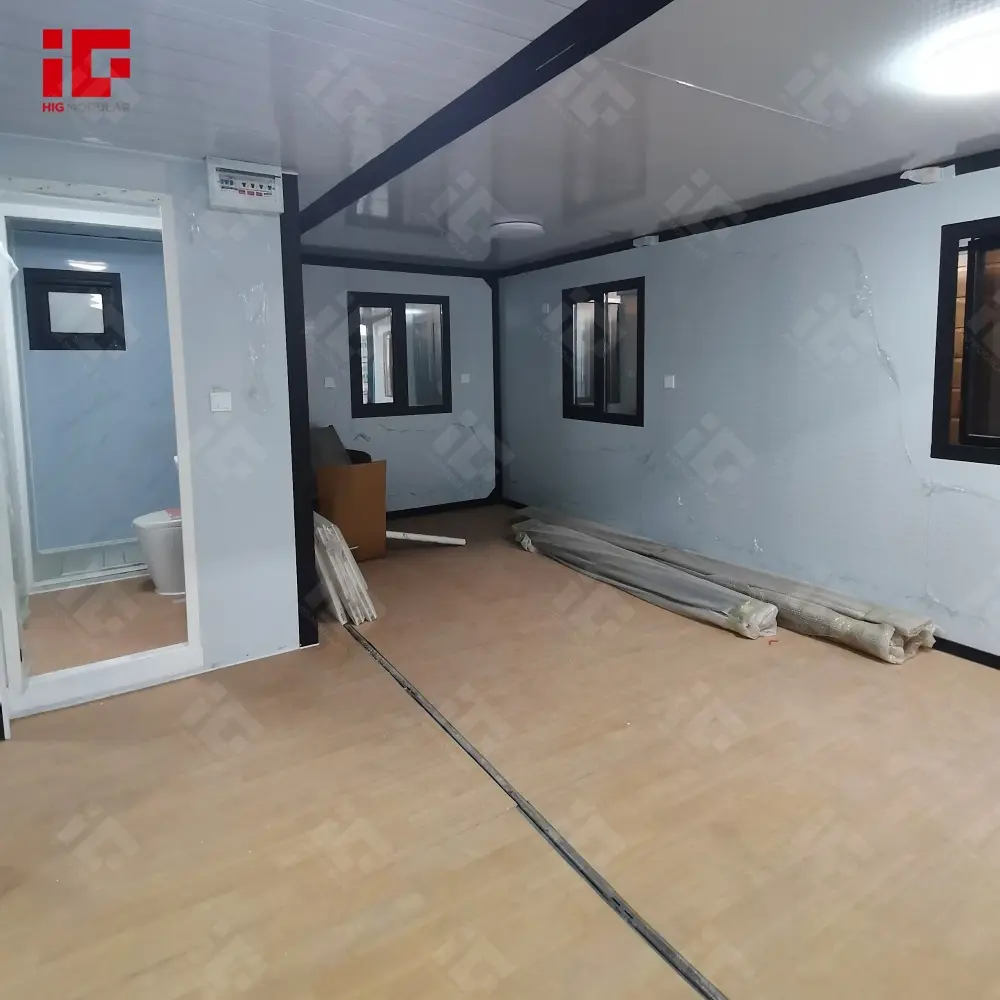Flat-Roof Expandable Container House: Versatile, Durable, and Perfect for Growing Needs
Living needs change all the time. You might start a family, work remotely more, or want a weekend getaway. Flexible housing solutions are key for these shifts. The flat-roof expandable container house meets this need. It combines versatility, durability, and a modern design. This sets it apart from traditional modular homes.
What makes it unique? Its fully flat roof isn’t just a visual upgrade. It enhances the home’s functionality—especially when expanding to two stories. Unlike traditional expandable container houses with raised central roofs, this model’s flat top simplifies upgrades. It also boosts stability. And it offers a clean, contemporary look that fits any setting. Let’s explore how this home meets different lifestyles, its long-lasting performance, and why it’s a top choice for reliable, flexible living.
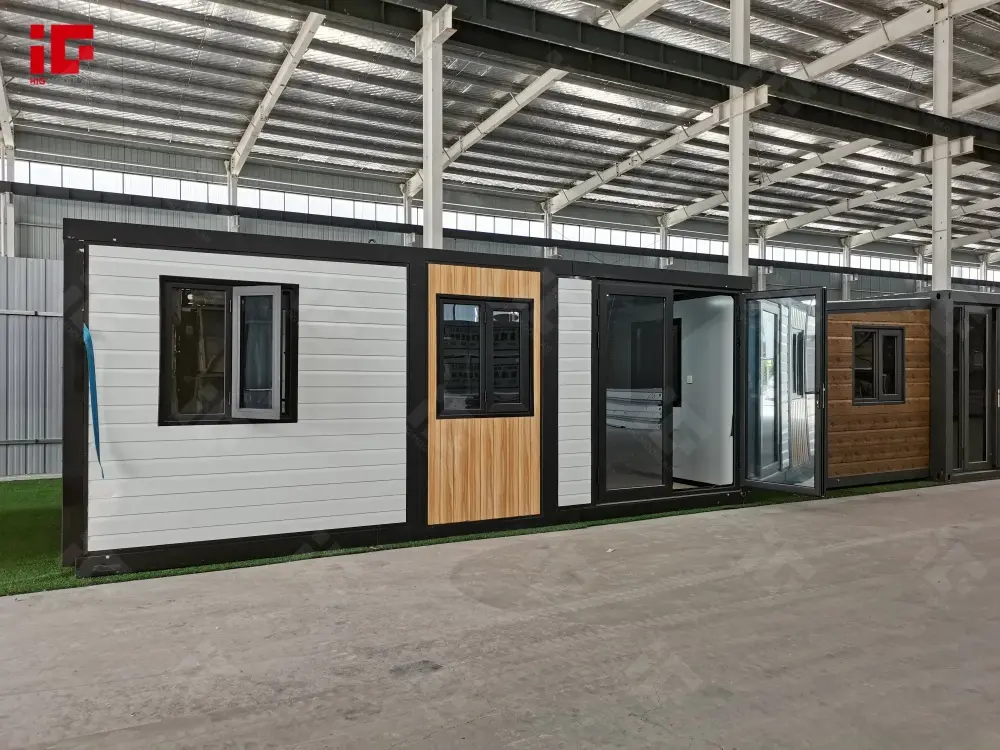
1. Versatility for Every Lifestyle
One of the biggest advantages of this flat-roof expandable container house is its versatility. It works for almost any living situation:
- Permanent Home: For small families or couples just starting out, it’s a cozy, low-maintenance option.
- Holiday Retreat: If you love traveling or spending weekends in nature, it’s a portable getaway. You can set it up in your favorite spot—coastal areas, mountain getaways, and more.
- Home Office: For freelancers or remote workers, it’s a quiet, comfortable workspace. You can add it to your backyard or place it in a peaceful location.
The flat roof adds to this versatility. If you need more space later—like a second bedroom for a growing family or an extra office—upgrading to two stories is straightforward. Traditional raised-roof models often need extensive reinforcement for a second floor. But this flat-roof design’s even surface means less work and more stability. You can expand without disrupting your daily life too much.
2. Built to Last: Durable Components
Durability is essential for any home. This expandable container house uses components chosen for strength, wear resistance, and weather tolerance. Here’s a detailed breakdown:
|
Component |
Material Used |
Key Functions |
Long-Term Advantages |
|
Frame |
Steel with zinc-rich primer + Grand Grey epoxy paint |
Supports the entire structure; resists rust |
Withstands rain, humidity, and corrosion; maintains strength for years |
|
Floor |
MGO composite + timber-looking vinyl |
Provides a strong base; insulates; resists damage |
No rot or insect infestations; easy to clean; keeps insulation properties long-term |
|
Central Roof (Exterior) |
Thick steel sheeting + Grand Grey epoxy paint |
Protects against weather; matches frame design |
Resists dents and rust; stands up to wind, rain, and sunlight |
|
Central Roof (Insulation) |
Glass-wool underlay |
Insulates thermally; reduces noise |
Maintains consistent indoor temperatures; blocks outside noise for years |
|
Side Roofs/Walls |
Fibreglass/steel cladding + expanded polystyrene |
Insulates; protects from elements |
Flexible cladding options; consistent insulation; resists moisture damage |
|
Windows/Doors |
Aluminium frames + double glazing |
Lets in light; insulates; provides security |
Resists warping or rust; double glazing stays efficient; durable for daily use |
2.1 Frame: Rust-Resistant and Strong
The frame is made of steel. It’s coated with a zinc-rich primer first. This stops rust from forming. Then, it gets a Grand Grey epoxy paint finish. Even in humid coastal areas or regions with heavy rain, the frame won’t rust or corrode. This reduces maintenance costs. You won’t have to repaint or repair the frame as often as less protected options.
2.2 Floor: Sturdy and Low-Maintenance
The floor’s MGO composite material is a standout. MGO (magnesium concrete composite) is naturally resistant to rot and insects. This is a big plus for homes in termite-prone or high-moisture areas. Unlike wood floors, it won’t warp or rot if exposed to water.
The timber-looking vinyl on top adds protection. It’s scratch-resistant—great for pets or kids. It’s also easy to wipe clean if there are spills. This combination means the floor will look and perform well for years without major repairs.
2.3 Insulation: Long-Lasting Efficiency
The roof and walls use insulation materials that stand the test of time. Glass-wool in the central roof doesn’t break down over time. Unlike some foam insulations, it won’t degrade with sunlight or moisture. It keeps its thermal and acoustic properties for years.
The expanded polystyrene in the side roofs and walls works the same way. It’s resistant to moisture and mold. This means it keeps insulating effectively even in humid conditions.
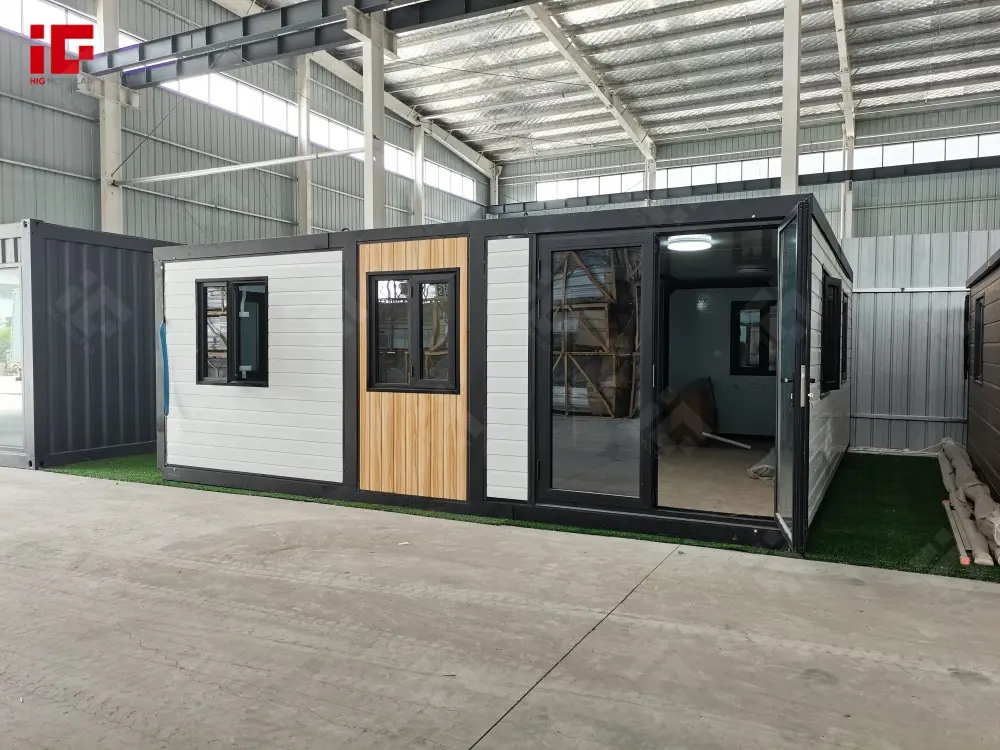
3. Thermal & Acoustic Insulation: Comfort and Savings
Thermal and acoustic insulation aren’t just about comfort. They also save money and create a peaceful space. This home excels in both areas.
3.1 Thermal Insulation: Lower Energy Bills
The home’s insulation works together to create a “thermal barrier.” Here’s how:
- Glass-wool in the central roof blocks heat transfer.
- Expanded polystyrene in the side roofs and walls adds another layer of thermal protection.
- Double-glazed windows and doors prevent heat from entering in summer or escaping in winter.
- The MGO floor retains heat in winter and keeps the home cool in summer.
On a hot summer day, the internal temperature might stay 8-10 degrees cooler than outside. This reduces the need for air conditioning. In winter, the internal temperature might stay 5-7 degrees warmer than outside. You’ll use less heating. Over time, this leads to lower energy bills—a big benefit for long-term homeowners.
3.2 Acoustic Insulation: Quiet Living
Acoustic insulation is crucial for peace—especially in busy areas or home offices. The glass-wool and expanded polystyrene absorb sound. Outside noise—like cars, neighbors, or wind—won’t travel inside as easily.
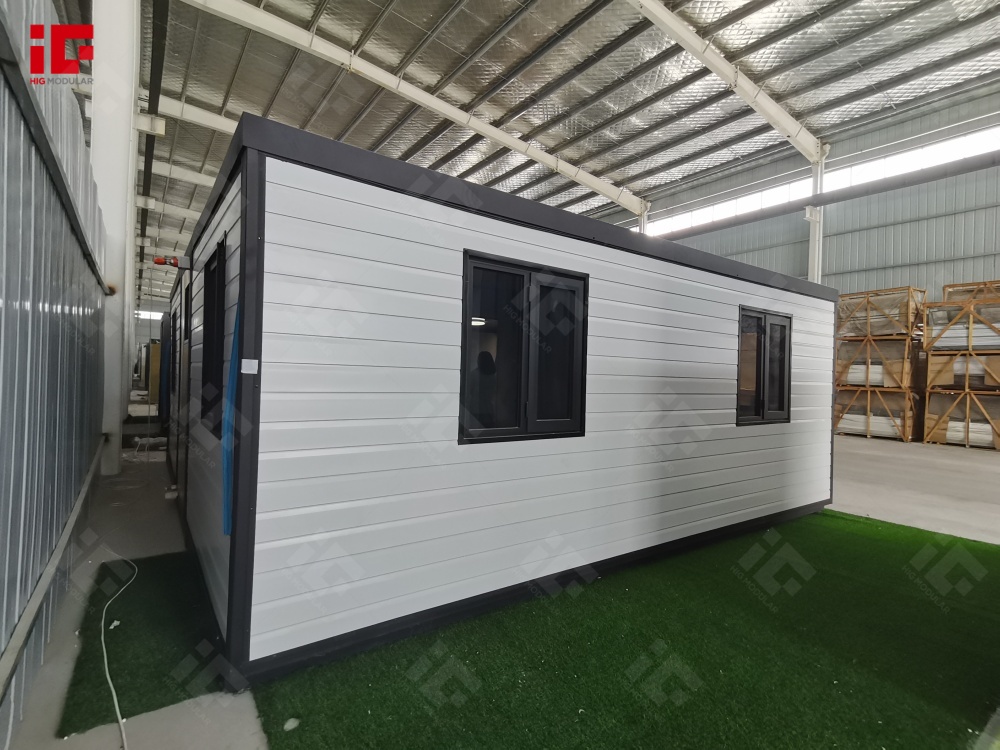
Double-glazed windows and doors add another layer of sound protection. They block high-frequency noises, like voices or traffic. For remote workers, this means no distractions during calls or focused work. For families, it means kids can play inside without disturbing neighbors. Parents can relax in a quiet living room after a long day.
4. Eco-Friendly: A Sustainable Choice
Modular homes like this one are more sustainable than traditional stick-built homes. Here’s why:
- Less Waste: Most components are prefabricated in a factory. Traditional construction cuts materials on-site, leading to scraps in landfills. Prefabrication uses exact measurements, so there’s less waste.
- Recyclable Materials: Steel (used in the frame, walls, and roof) is 100% recyclable. If you ever need to replace components, they can be recycled instead of thrown away.
- Lower Carbon Footprint: The home’s insulation efficiency reduces energy use. Using less heating and cooling means fewer greenhouse gas emissions. This makes the home a great choice for eco-conscious buyers.
5. Easy Setup and Low Maintenance
Installing and maintaining this home is simple—another big advantage.
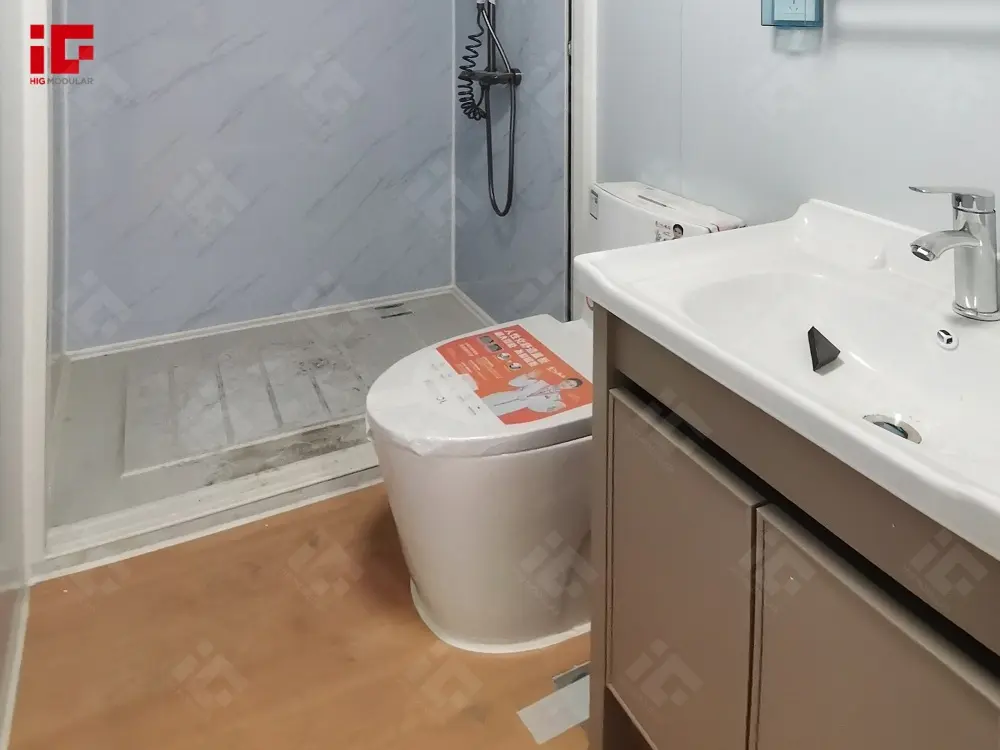
5.1 Quick Setup
Setting up the home takes just one day. Unfolding takes 3-5 hours (excluding optional add-ons). This is much faster than traditional construction, which can take months.
If you need help, you can buy an optional 240V electric winch. It makes raising the roof or lowering the floor easy—no heavy lifting required. A comprehensive installation guide is also supplied. Even if you’re not a construction expert, you can follow along.
5.2 Low Maintenance
Thanks to durable materials, maintenance is minimal:
- The steel frame and cladding only need occasional cleaning. Wipe off dirt or grime with a damp cloth.
- The MGO floor and vinyl covering don’t need sealing or refinishing. Just sweep or mop regularly.
- The quartz kitchen bench top is stain-resistant. Clean it with soap and water.
- The only regular tasks are small ones—like replacing air filters in the exhaust fan. Or checking the electrical system annually with a licensed electrician.
This low maintenance means you spend less time on upkeep and more time enjoying your home.
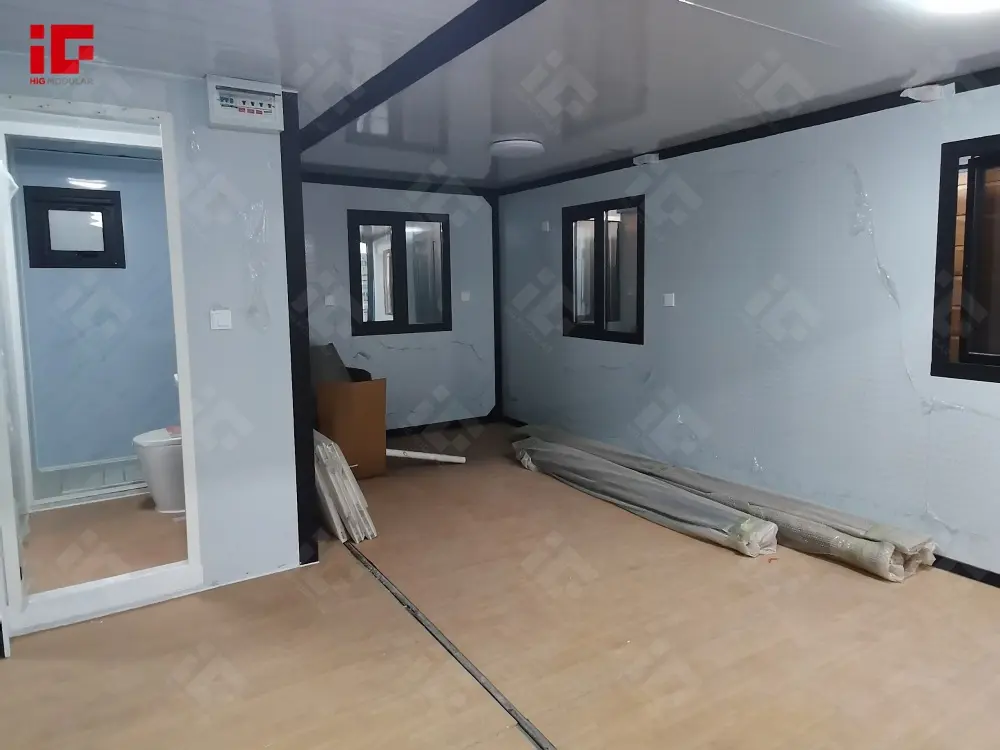
Final Thoughts
Whether you want a permanent home, a holiday retreat, or a flexible workspace, this flat-roof expandable container house checks all the boxes. Its versatile design fits any lifestyle. Its durable components ensure it lasts for years. Its insulation saves energy and creates comfort. Its eco-friendly features make it sustainable.
The flat roof is the cherry on top. It adds a modern, minimalist look. It also makes expanding to two stories easy. For anyone who wants a home that’s stylish, practical, and adaptable, this flat-roof expandable container house isn’t just a housing solution. It’s an investment in a better, more flexible way of living.

